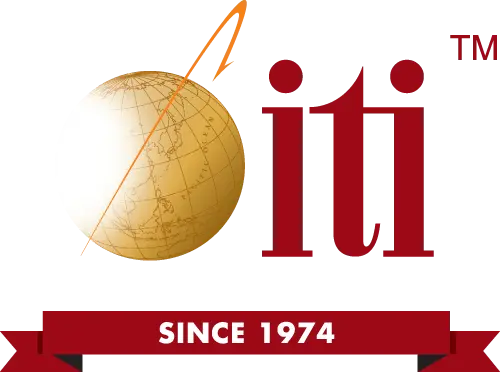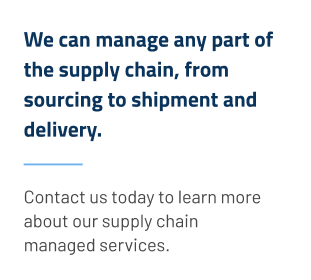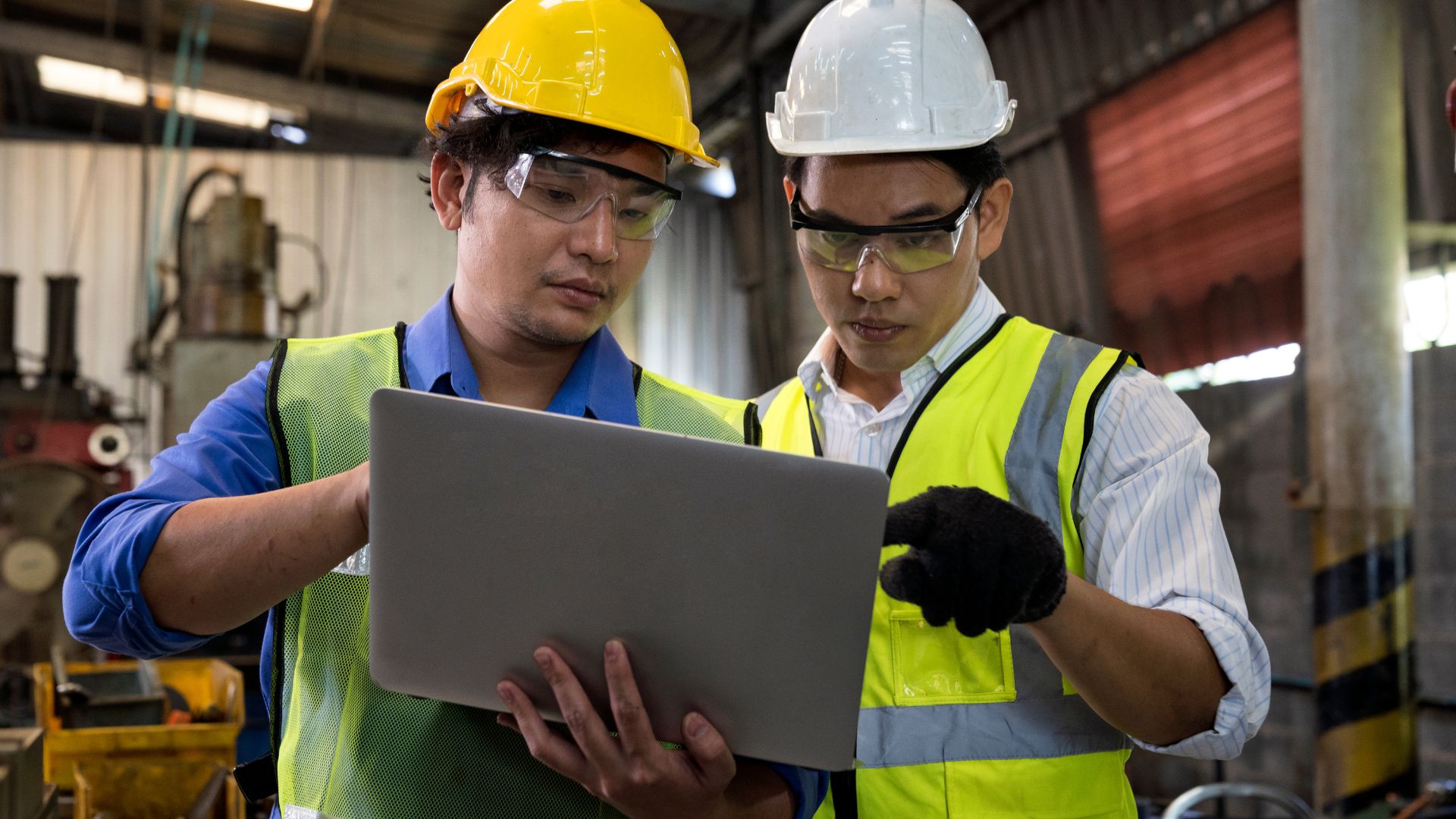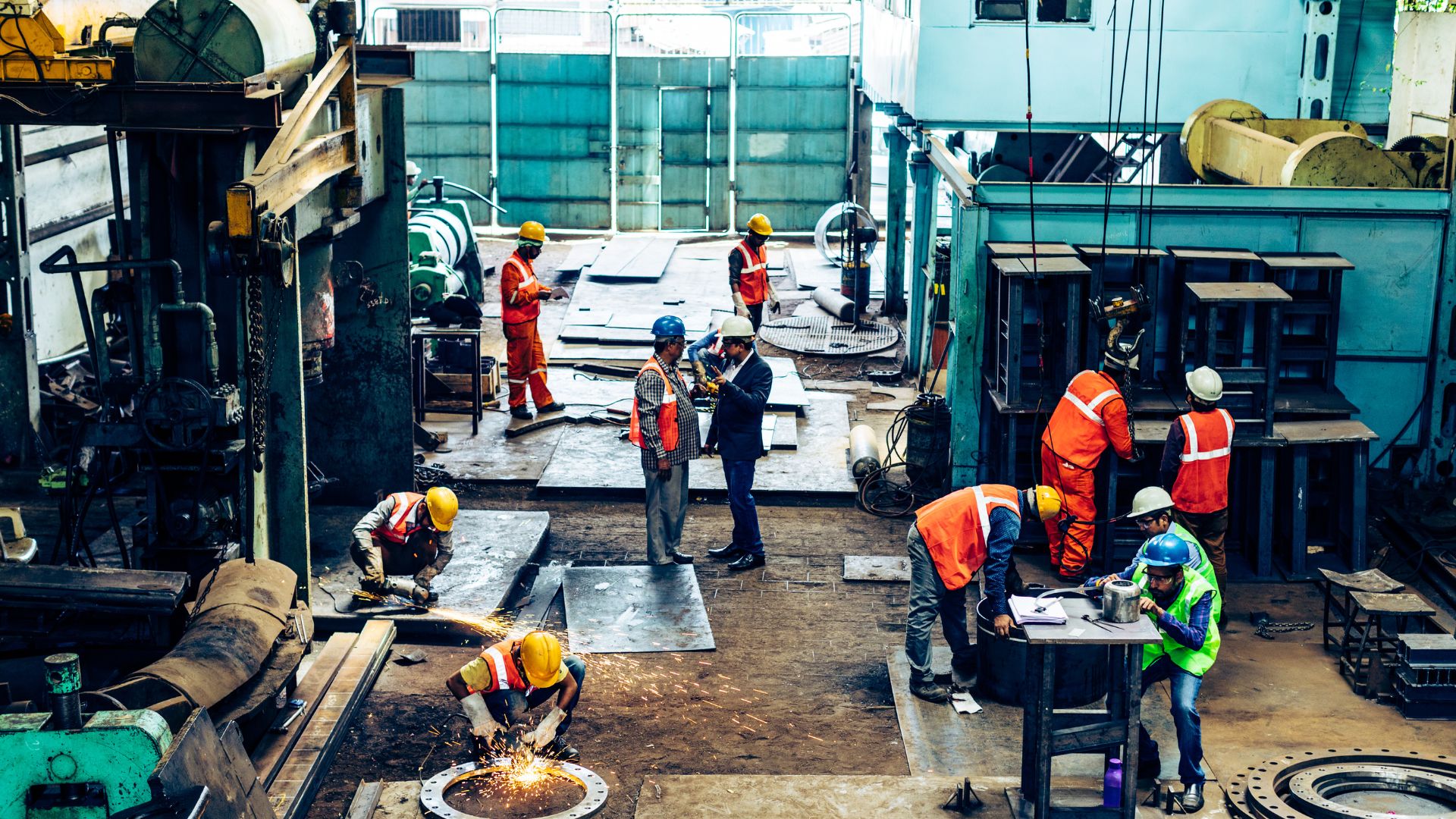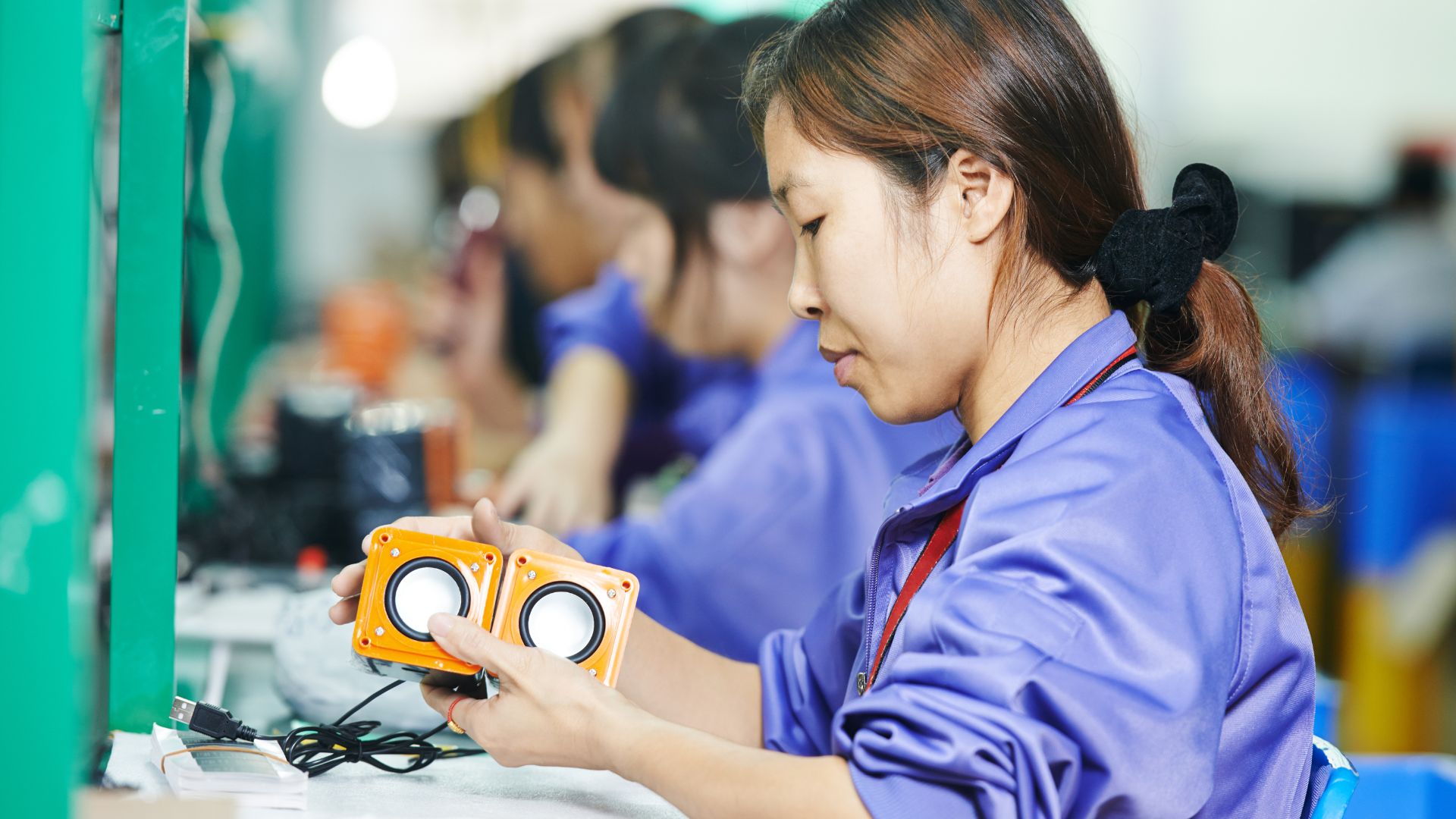In manufacturing, the choice of production location significantly influences the cost of goods and overall business strategy. Many domestic companies opt to orchestrate at least part of their production supply chain by utilizing foreign countries. Manufacturing and supplier location choices often boil down to a value vs. risk analysis, so let’s dive into what to consider.
Offshoring vs. Nearshoring vs. Onshoring
Three key types of manufacturing to consider are onshoring, offshoring, and nearshoring. Many companies utilize one, two, or a mixture of all three of these strategies. Reshoring is another strategy that many companies are considering today. This is the process of bringing offshore production back to the domestic arena, either in-house or through subcontractors. Onshoring and reshoring are slightly different in meaning, but for the sake of this article, we’ll consider them one and the same. Let’s explore onshoring, nearshoring, and offshoring in more detail.
Onshoring
Onshoring refers to manufacturing within the same country where a company is based. Manufacturing in the US entails setting up or utilizing production within US borders. Complex or highly specialized manufacturing processes, as well as specific industries related to domestic security such as aerospace, pharmaceutical, and defense, find it ideal to source or manufacture some or all of their specialized components within the United States.
Nearshoring
Nearshoring involves manufacturing in locations close to the country where a company is situated. For the United States, nearshoring options may include Canada or Mexico. Nearshoring, in theory, provides access to different labor pools, perhaps at advantageous costs, with the benefit of reduced transit times/costs in comparison with offshoring.
Offshoring
Offshoring refers to the practice of manufacturing or sourcing some or all of the production in overseas locations. In the context of the United States, offshoring may include manufacturing or sourcing in places like South America, Europe, and Asia.
Offshoring allows companies to tap into global markets and leverage cost, raw materials, and skillset advantages associated with different regions for different products or components.
Onshoring in the US vs. Nearshoring or Offshoring
When weighing the advantages and disadvantages of onshoring vs. nearshoring, or offshoring, several factors need to be considered, and the final decision is often multi-faceted. There doesn’t need to be a one-size-fits-all for all businesses. Often a blended strategy makes the most sense.
Labor Costs
The difference in labor costs between onshoring, nearshoring, or offshoring can be substantial. As a result, it is often less expensive to produce a labor-intensive product by reducing or foregoing American manufacturing. Many companies combat labor costs by automating part or all of their production line while relying on less manual labor. However, investment in automation still has a cost and often shifts production expenses from operating expenses to capital expenses.

Material Costs
Offshoring often offers advantages in terms of lower material costs. Factors such as access to local raw materials, less bureaucracy, and specific industry dynamics may lead to cost advantages for sourcing or producing items in a specific overseas country. Complexities can arise with different national material standards and select availability of certain grades of materials in offshore locations.
Shipping Costs
Onshoring or nearshoring can be a better option when it comes to reducing shipping costs. Rather than shipping goods across the ocean, managing shipping from domestic or nearby partners saves both time and money when it comes to logistics. With nearshoring, be sure to check out the conditions of the roadways, rail, and transportation routes between the location of manufacture and delivery destination. Surprisingly, sometimes offshore shipping is less expensive than a nearshore option due to poor inland freight infrastructure in a neighboring country.
Energy Costs
Onshoring can provide advantages in terms of energy costs. Access to reliable and relatively affordable energy sources within the home country can contribute to cost savings in production. Local energy infrastructure, government policies, and proximity to energy sources can influence the cost and availability of energy for onshored manufacturing operations.
Offshoring or nearshoring can also offer cost advantages in terms of energy. Some foreign manufacturing countries have access to low-cost energy sources or benefits from government subsidies or policies that support energy-intensive industries. However, these locations may have a less reliable energy infrastructure than that which exists domestically.
Tariffs and Taxes
Finally, companies must consider the impact of tariffs and taxes. A tariff, also known as a duty, is a type of tax levied on imported goods by governments. It is based on the value and type of product that is being imported. When importing from overseas, careful attention needs to be paid to coding the imported product correctly, or steep penalties could be incurred. Once you have an understanding of what the potential tariff might be, you’ll be in a better position to make the correct buying decision for your business.
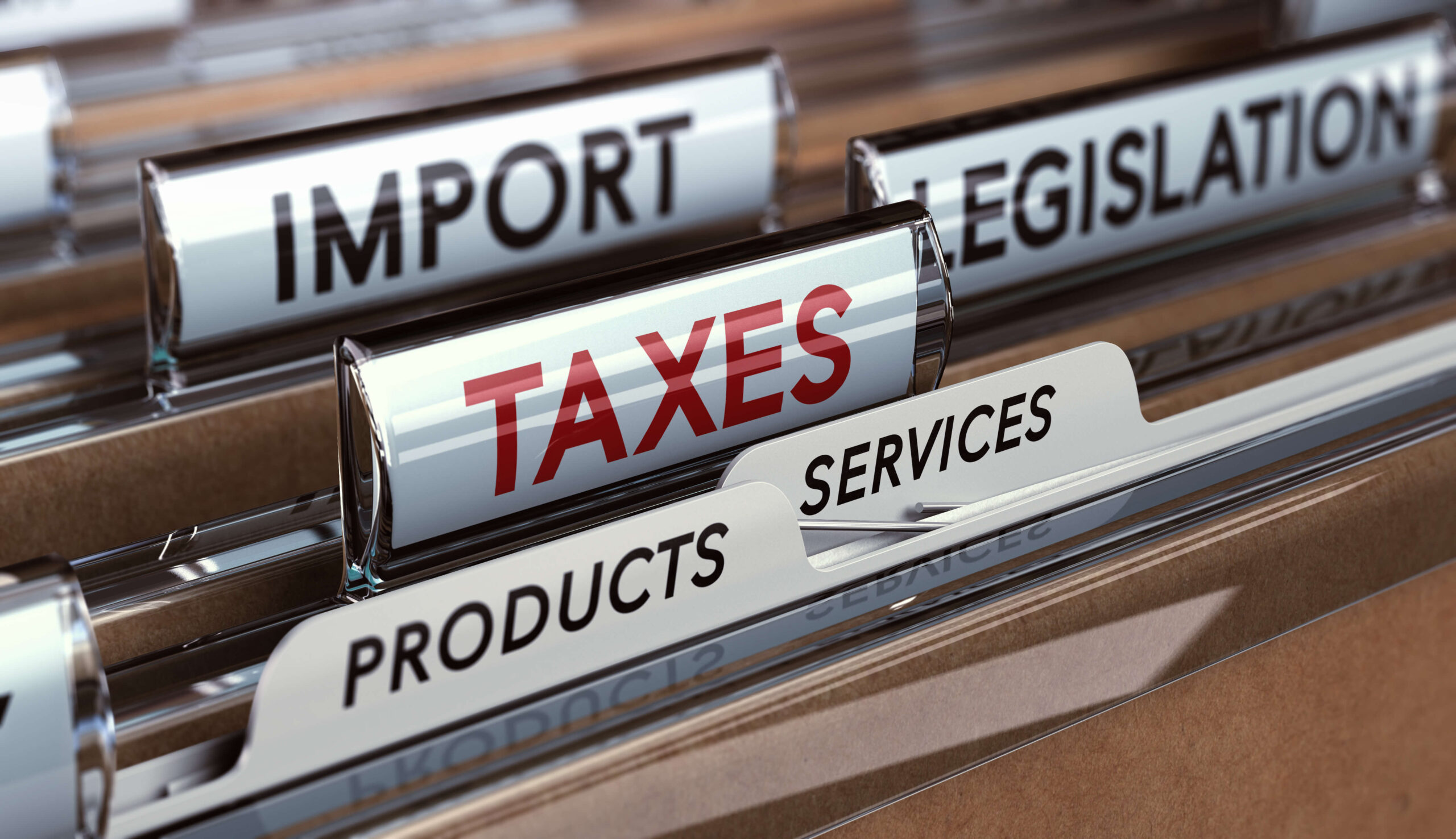
Learn More About Your Manufacturing Options
Every business, industry, and manufacturing supply chain situation is unique. As mentioned earlier in this article, there doesn’t need to be a one-size-fits-all supply chain solution for all situations. Often a blended strategy makes the most sense when it comes to figuring out which components or products should be produced at home and what may make the most sense to source or produce elsewhere. At ITI Manufacturing, we collaborate with companies globally, offering custom manufacturing solutions for your products and components. Reach out to ITI Manufacturing for a consultation, allowing us to assist you in establishing an efficient manufacturing supply chain tailored to your needs.
